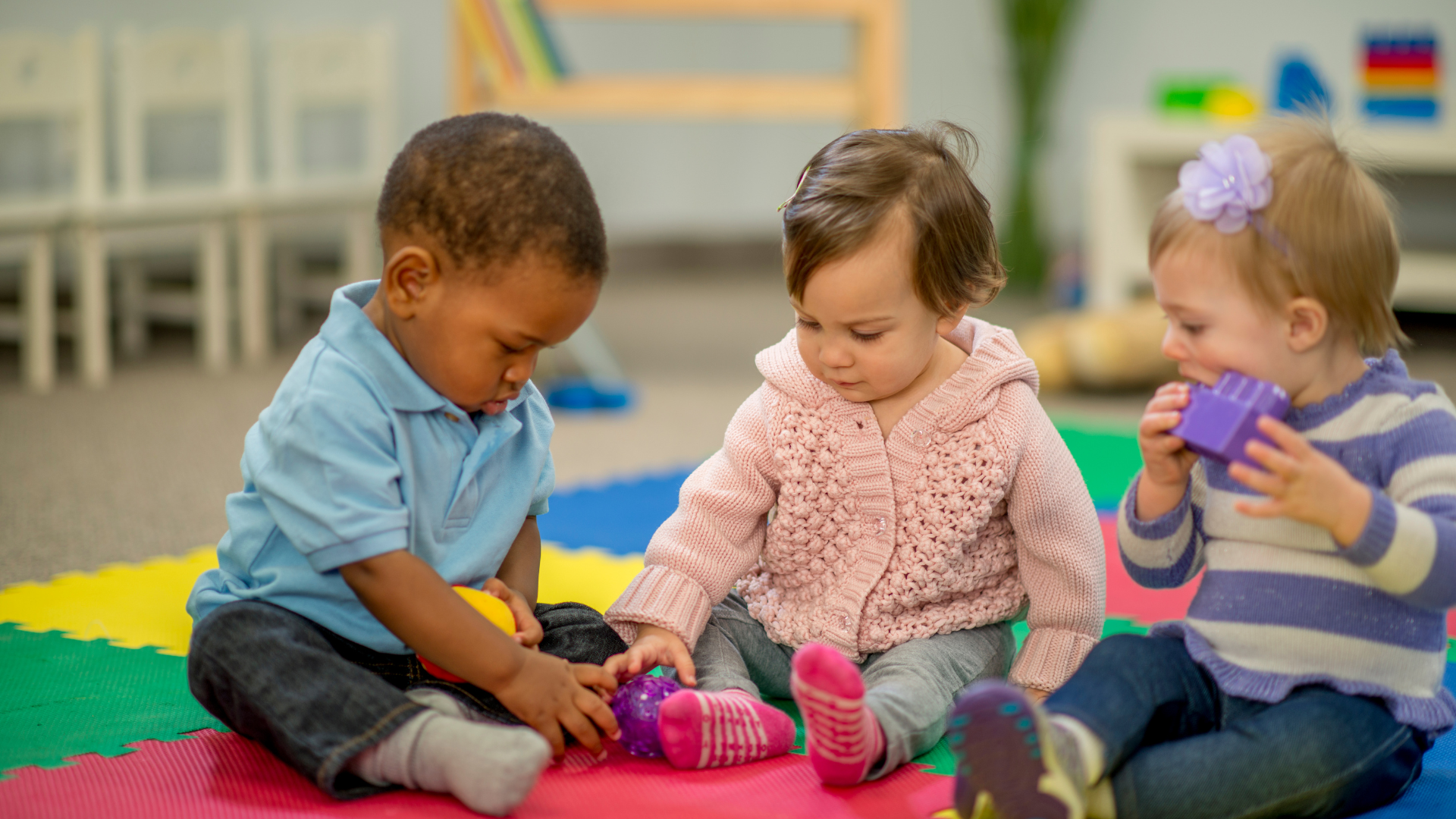Managing Aggressiveness in Kids: Building Emotional Intelligence for a Healthier Response

Aggression in children is a common challenge faced by parents, teachers, and caregivers. Whether it’s hitting, biting, yelling, or even verbal outbursts, aggressive behaviours can be concerning and difficult to address. However, behind every aggressive action is an emotion—frustration, anger, or feeling misunderstood—that needs to be processed and managed. Helping children develop emotional intelligence (EQ) is one of the most effective ways to address aggressiveness and foster healthier ways of expressing emotions.
In this article, we’ll explore how emotional intelligence influences aggressive behaviour in children and provide practical strategies for parents to help their children build EQ and manage aggression effectively.
What Drives Aggression in Children?
Aggression often stems from an inability to regulate or express emotions in a constructive way. When children experience overwhelming emotions, they may resort to aggressive behaviour because they don’t yet have the emotional tools to cope or communicate effectively. Common causes of aggression in children include:
- Frustration: When things don’t go their way, kids may act out in anger.
- Lack of Communication Skills: Children may not yet have the language skills to express their feelings and needs.
- Stress or Anxiety: Environmental stressors, such as changes in routine, school challenges, or conflicts with peers, can trigger emotional outbursts.
- Attention-Seeking: Sometimes, children use aggressive behaviour to gain attention or manipulate situations.
Recognizing the underlying cause of aggression is key to finding an effective way to respond and teach emotional regulation.
How Emotional Intelligence Can Help Manage Aggression
Emotional intelligence consists of several key components: self-awareness, self-regulation, motivation, empathy, and social skills. Each of these elements plays a role in helping children manage their aggression.
- Self-Awareness: Understanding Emotions
Children with high EQ are better at identifying and naming their emotions. Self-awareness helps them recognize when they’re starting to feel angry, frustrated, or upset, before these feelings escalate into aggressive actions.
Example: A child who recognizes that they’re getting frustrated with a game can take a moment to step away and calm down, rather than lashing out in anger. - Self-Regulation: Managing Emotions
Self-regulation is the ability to control one’s emotions and behaviours in different situations. Teaching children how to self-regulate helps them respond to emotional triggers in healthier ways. This includes strategies like deep breathing, counting to ten, or using calming words when feeling upset.
Example: Instead of hitting another child when angry, a child with strong self-regulation might take a few deep breaths or use words like, “I’m really mad right now, but I need a moment to calm down.” - Empathy: Understanding Others’ Emotions
Empathy is the ability to recognize and understand the emotions of others. When children learn to empathize with others, they are less likely to engage in aggressive behaviours because they can see the emotional impact of their actions.
Example: A child who empathizes with a friend might stop and think, “I wouldn’t like it if someone pushed me, so I won’t push my friend.” - Social Skills: Healthy Interactions with Peers
Strong social skills help children navigate relationships and resolve conflicts in peaceful ways. When children are equipped with the ability to communicate their needs clearly and respectfully, they are less likely to resort to aggression to get attention or solve problems.
Example: Instead of grabbing a toy from another child, an emotionally intelligent child might say, “Can I have a turn with that toy when you’re finished?”
Practical Strategies to Build Emotional Intelligence and Reduce Aggression
- Teach Emotional Awareness and Vocabulary
Encourage your child to name and express their emotions. Use books, games, or conversations to help them identify different feelings, such as anger, sadness, frustration, or happiness. The more a child understands their emotions, the better they can regulate them.
Example: Use simple language like, “I can see you’re feeling frustrated. What happened?” This validates the emotion and opens the door for healthy communication. - Model Calm Behaviour
Children learn by watching adults. Show your child how you handle your own emotions and stress. By modelling calmness, problem-solving, and respectful communication, you teach your child how to manage their feelings without aggression.
Example: If you get angry while driving, instead of yelling or becoming upset, calmly say, “I feel frustrated, but I’m going to take a deep breath and continue driving safely.” - Set Clear Expectations and Boundaries
Establish clear rules about aggressive behaviour, and be consistent in your response. Let your child know that while it’s okay to feel angry or upset, hurting others or acting out is never acceptable.
Example: “It’s okay to be angry, but it’s not okay to hit. When you feel angry, you can use words or ask for help.” - Use Positive Reinforcement
Reward positive behaviour with praise and encouragement. When your child manages their emotions effectively and chooses a peaceful solution, acknowledge their efforts. Positive reinforcement builds their confidence in handling emotions.
Example: “I’m so proud of you for telling your friend you were upset instead of pushing them. You did a great job using your words!” - Teach Coping Strategies
Introduce calming techniques, such as deep breathing, counting to ten, or taking a break in a quiet space. Practice these strategies with your child regularly so they become second nature when emotions run high.
Example: “Let’s practice taking three deep breaths together. Breathe in, hold, and breathe out. How do you feel now?” - Promote Empathy and Conflict Resolution
Help your child understand how their actions affect others. Role-playing with dolls or stuffed animals can help illustrate the impact of aggressive behaviour and provide opportunities to practice empathy and conflict resolution.
Example: “How would you feel if someone took your toy without asking? How can we make sure everyone is happy when playing?”
Building a Strong Foundation for Emotional Intelligence
By fostering emotional intelligence in your child, you’re not only helping them manage aggression but also giving them the tools to navigate all of life’s challenges. Children with high EQ are more likely to form positive relationships, handle stress, and succeed in various aspects of their lives.
Support Your Child’s Emotional Growth with the EQ4Kids Programme
If you’re looking for additional support to help your child build emotional intelligence, consider enrolling them in the EQ4Kids Programme. Through interactive lessons and activities, your child will develop key emotional skills that will help them navigate their emotions, reduce aggressive behaviours, and improve social interactions. Help your child learn the skills they need to thrive—enrol today!
Share Post
Complete the following form if you require more info about EQ4kids or want to enroll your child at your nearest Franchise.
Blog Enquiry









